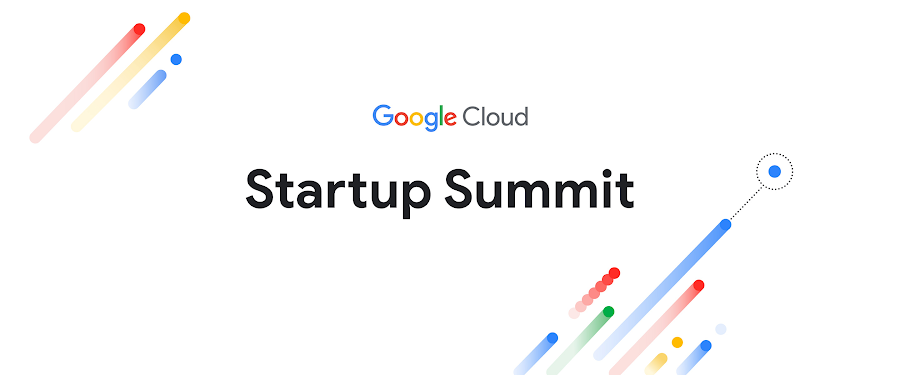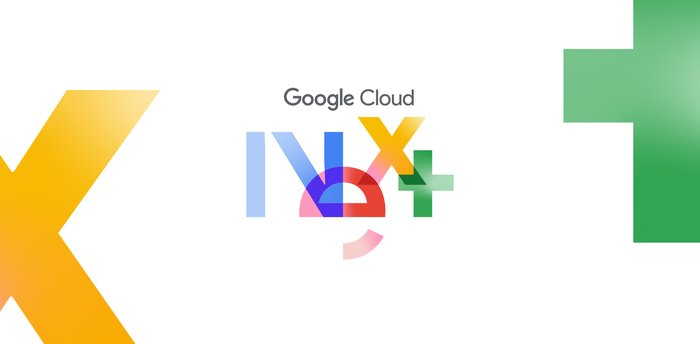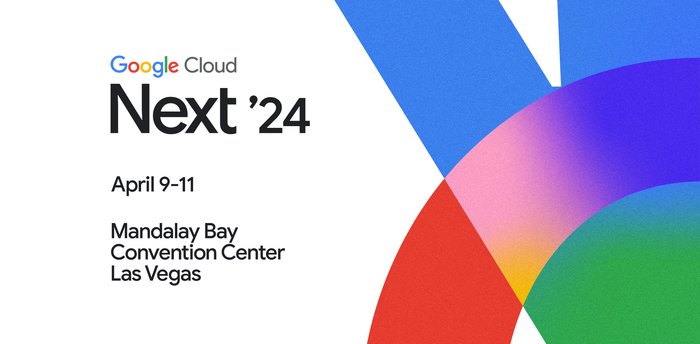Moss simplifies climate change mitigation with Google Cloud
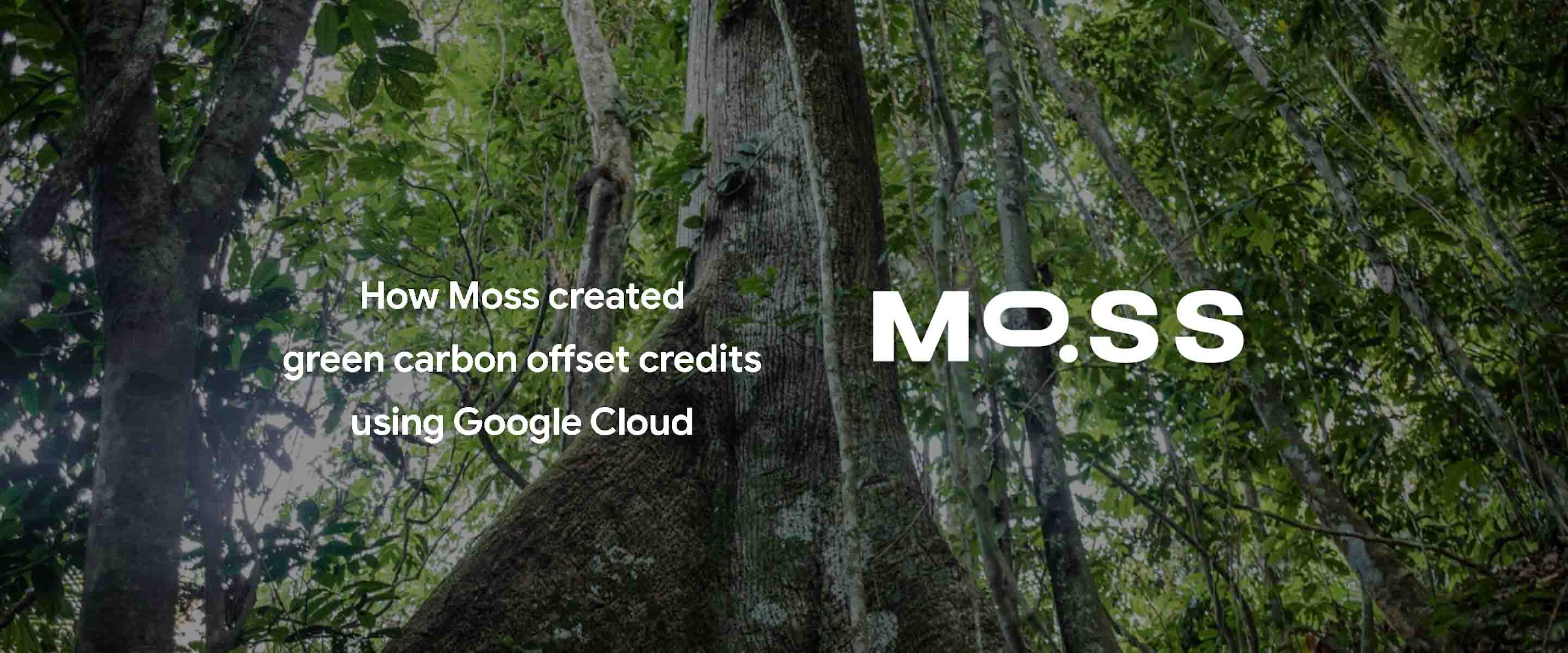
Fernanda Castilho
Partner and Managing Director, Moss
Editor's note: World Environment Day reminds us that we all can contribute to creating a cleaner, healthier, and more sustainable future. Google Cloud is excited to celebrate innovative startup companies developing new technology and driving sustainable change. Today we’re highlighting Moss, a Brazilian startup, simplifying carbon offset transactions and increasing traceability, using blockchain and Google Cloud technology.
Brazil is an important nation in the fight against climate change. With 212 million people, it’s the sixth most populous country in the world. And the Amazon rainforest is by far the world’s largest rainforest—larger, in fact, than the next two largest rainforests combined—and therefore the earth’s largest carbon sink. Yet as much as 17 percent of the rainforest is already lost to agricultural development and resource extraction.
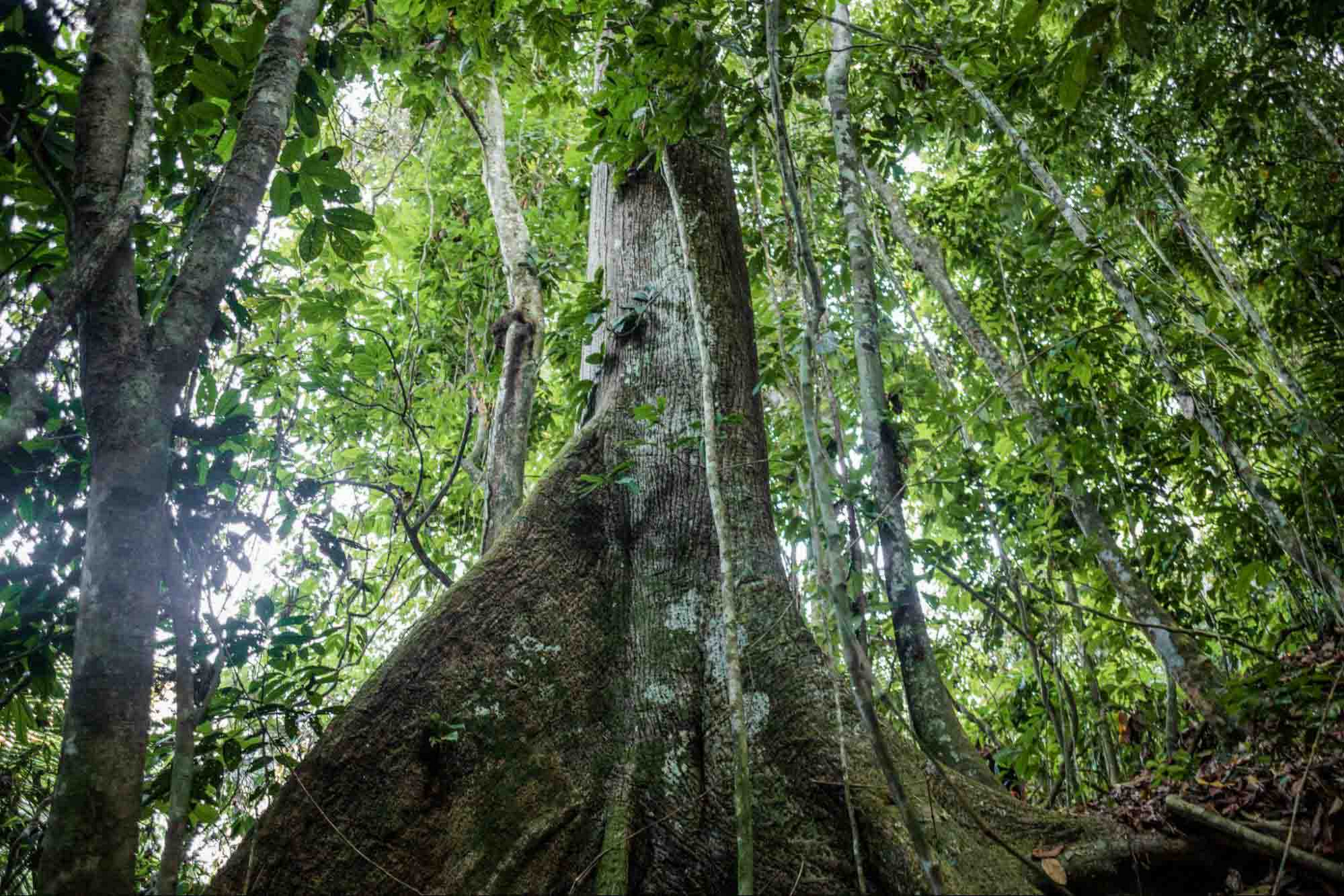

I’m passionate about enabling a more sustainable future for Brazilians and for people all over the world, as is my business partner, Luis Felipe Adaime, who used to work in financial services. That industry—at least in Brazil—is still in the early stages of embracing more sustainability initiatives. Luis Felipe was interested in climate change and environmental, social, and governance (ESG) strategies, but few people in Brazilian finance were even talking about these things. After his daughter was born, he decided to dedicate his life to combating climate change and founded Moss.
Moss, where I am a Partner and Managing Director, makes it easier by simplifying green carbon offset transactions. We started in Brazil, but we’re global now, and we’re growing fast, with 44 employees dedicated to reaching more customers worldwide. The focus on sustainability is increasing everywhere now. For instance in 2019, the UK became the first country in the world to pass a net zero carbon emissions law, requiring itself to reduce net emissions of greenhouse gasses by 100 percent compared to 1990 levels by the year 2050. Other countries worldwide are embracing similar goals.
Net zero carbon emissions doesn’t mean that no carbon dioxide (or its equivalent) is released into the atmosphere. That is likely impossible given how economies and the people they serve operate today. Net zero means that for every ton of carbon dioxide emitted, another ton is removed, such as by the planting of trees to replace it with a carbon sink.


Expanding access to carbon credits to fight climate change
Our mission is simple: combat climate change by digitizing the tools we need to expand the market for buying carbon offset credits. We started by transferring existing credits to blockchain and by creating a green token, MCO2, which we sell to companies and individuals who want to do their part. MCO2 is an ERC-20 utility token, a standard used for creating and issuing smart contracts on the Ethereum blockchain.
If you purchase carbon offset credits from us, and retire them, we believe that you’re donating money to projects that prevent deforestation in the Amazon for timber harvesting and cattle grazing.
Moss makes publicly available a real-time reconciliation on its website, where holders can check the total supply of tokens on the Ethereum blockchain and compare it to the regular inventory of the carbon credit market. We partner with global companies such as Harrison Street, a real estate investment fund in the UK, and One River Asset Management, a crypto management fund in the US. But our largest clients are corporations here in Brazil that acquire our credits with the objective to offset their carbon footprints or offer it to their own clients.


GOL, for instance, Brazil’s largest airline, now gives passengers the option to offset carbon emissions from their trips when they purchase a ticket. We also work with a number of Brazilian soccer teams, and there’s an app available in the Google Play store that individuals can use to purchase credits to offset their personal carbon footprints.
Rapid time to market with advanced security
Our CTO, Renan Kruger, lobbied hard to use Google Cloud right at the beginning because he loved using Google Workspace at his previous job. Our IT team also heavily promoted the use of Google Cloud thanks to capabilities in Cloud SQL, Cloud Storage, Compute Engine, Google Kubernetes Engine (GKE), BigQuery, Dataflow, and Cloud Functions. We also value that Google Cloud takes environmental sustainability as seriously as we do.
BigQuery is a terrific repository for capturing and analyzing massive amounts of data, so the flexibility to manage and analyze vast pools of data is integral to creating our carbon credit exchange. GKE can be one of the simplest ways to eliminate operational overhead by automatically deploying, scaling, and managing Kubernetes. Google Cloud Dataflow is perfect for fast, cost-effective, serverless data processing, and we love that Cloud Functions lets us pay as we go to run our code without any server management.
All of this is crucial for us because we have immense flexibility to scale and don’t need or want to run hardware. Our product is an app for buying and selling credits rather than physical objects, so we can operate entirely in the cloud.
We used Firebase, the Google mobile development platform, to quickly build and grow our app with basically no infrastructure in a NoOps scenario to achieve a rapid time to market. We can deploy edge functions and back-end functions using Node JS inside the Firebase stack itself. We can also deploy our solutions on blockchain to help secure our product keys. And Google Cloud data governance helps us deploy and maintain clusters, reducing the time, cost, and labor of maintaining traditional infrastructure.
Equally critical is security. With Google Cloud, we don’t worry about patching or hardening the system or any of the other headaches IT teams deal with using on-premise infrastructure or less-secure cloud environments.
Moving toward net zero emissions
Right now we’re trying to reduce carbon emissions, but removing carbon that’s already in the atmosphere and reversing rather than slowing climate change is a priority. Damage control, while important today, isn’t enough in the long run. A big challenge is that right now it’s very expensive to remove carbon from the atmosphere. Fortunately, technology is always improving, which could help lower carbon-elimination costs.
The reality is that we all have to work together and contribute to combat climate change. Everyone everywhere is already witnessing impacts that are projected to only worsen in frequency and severity. The more people who are empowered to take action, the better it will be for everyone. At Moss, we offer another important avenue for people to get involved, with a vision that additional, transparent and high-quality carbon credits will aid in installing the destruction we see today and tomorrow.
If you want to learn more about how Google Cloud can help your startup, visit our page here to get more information about our program, and sign up for our communications to get a look at our community activities, digital events, special offers, and more.
